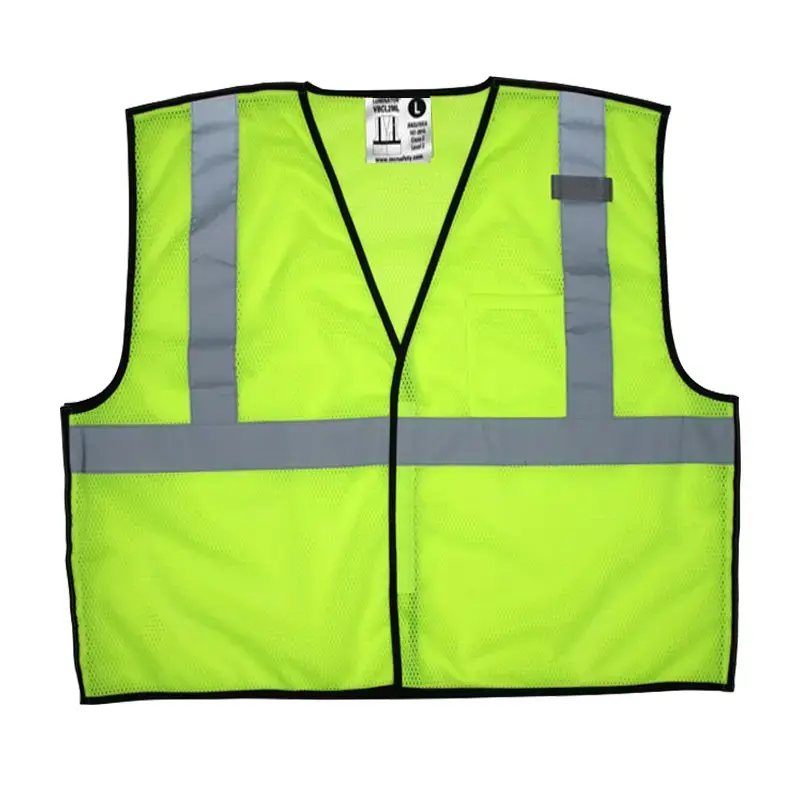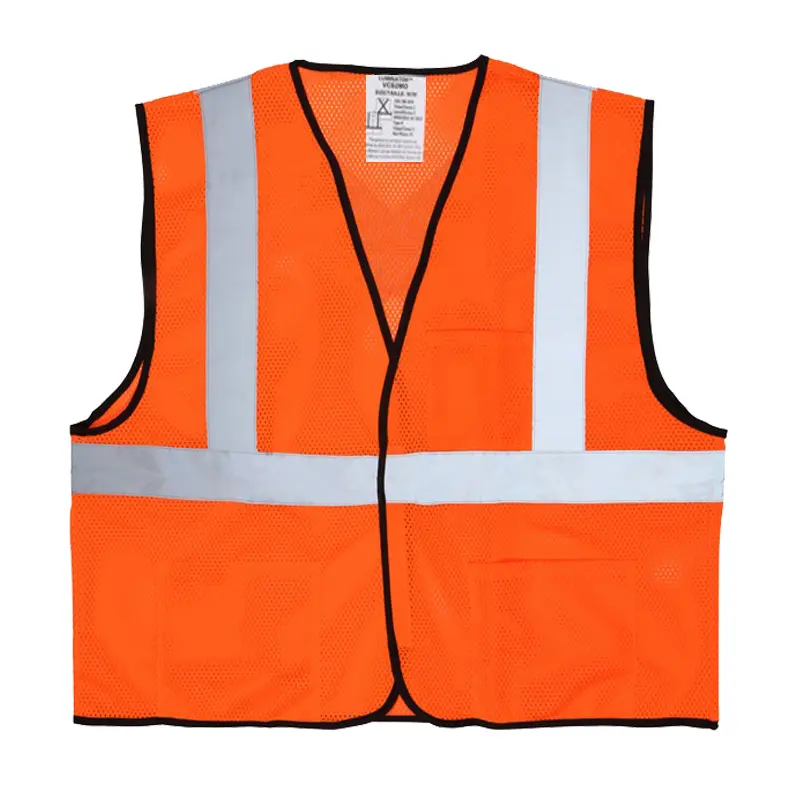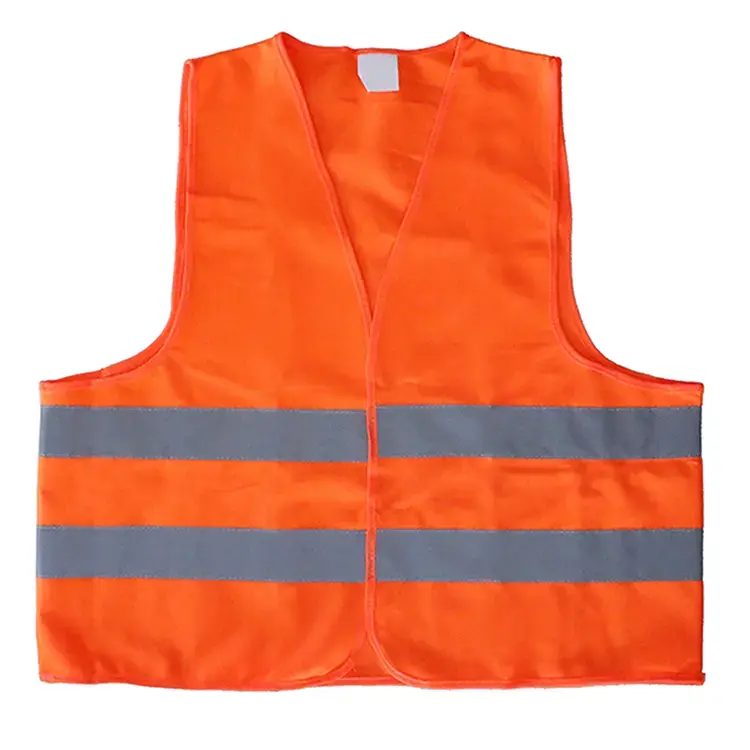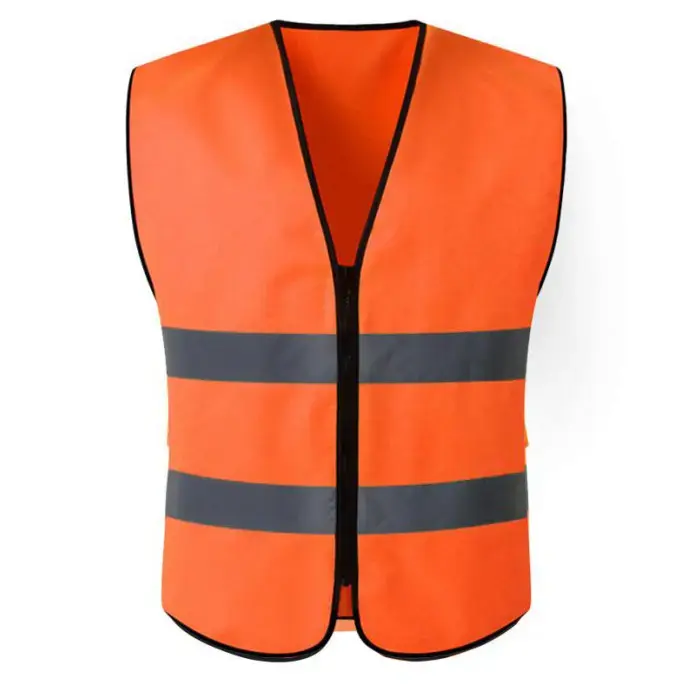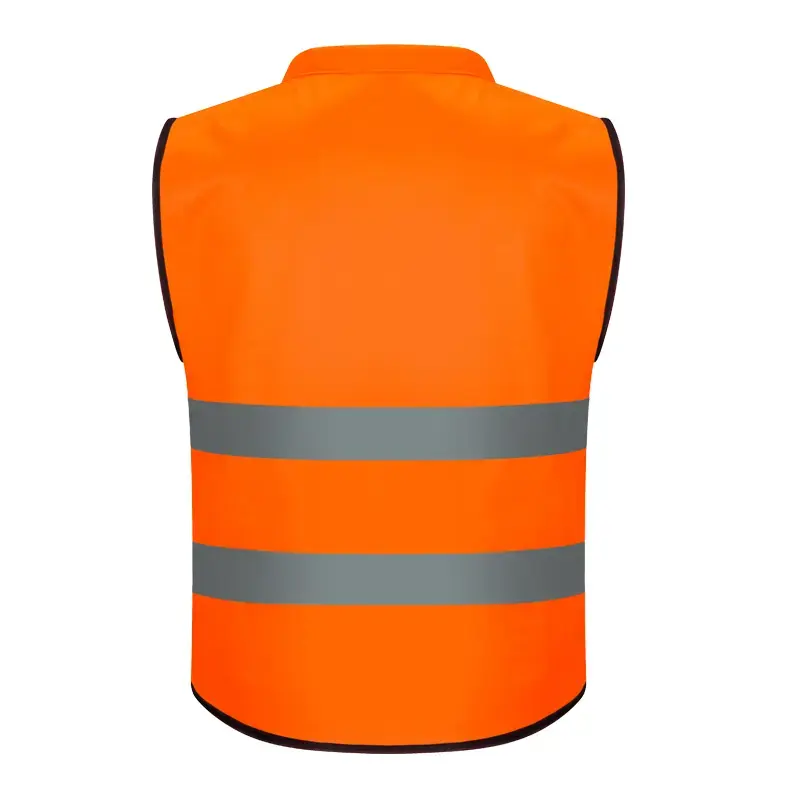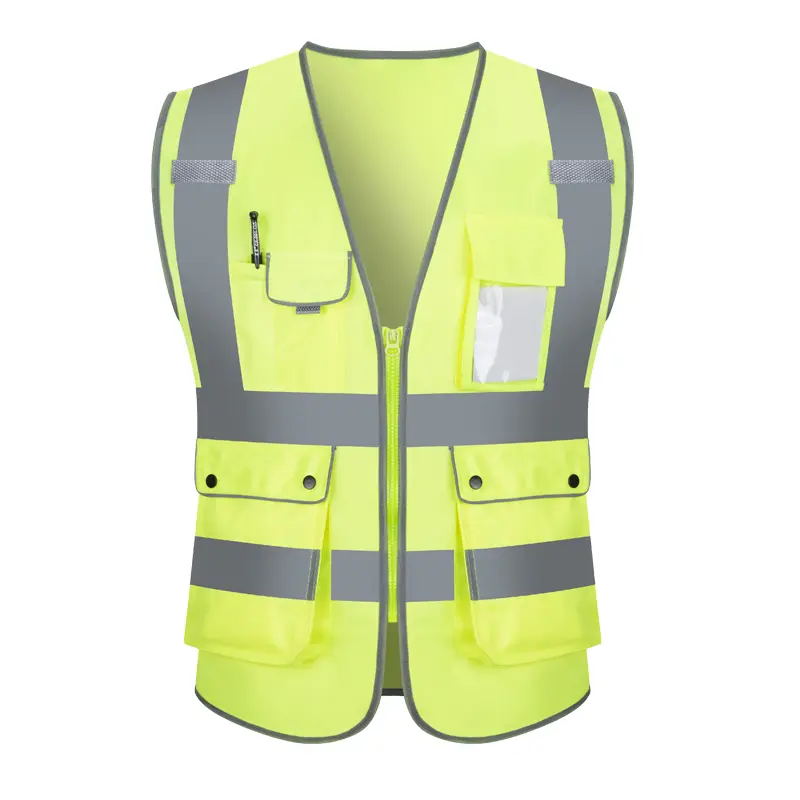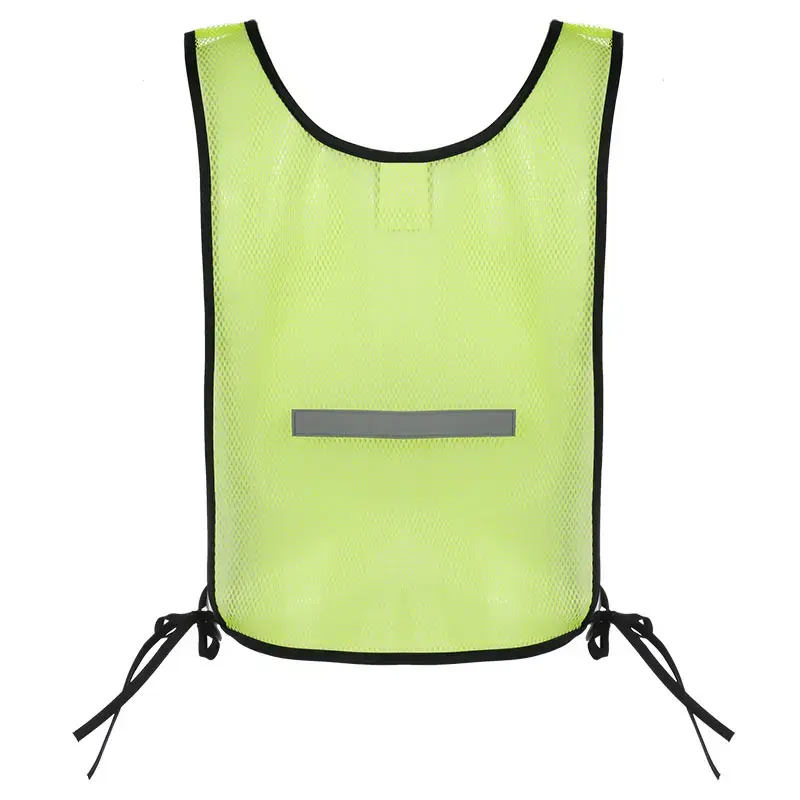How to choose a Chinese reflective clothing supplier that meets US standards
How to choose a Chinese reflective clothing supplier that meets US standards
In the international market, especially the US market, reflective clothing is an important personal protective equipment, and its quality and safety are of vital importance. When choosing a Chinese reflective clothing supplier that meets US standards, you need to pay attention not only to the quality of the product, but also to consider the supplier's qualification certification, material technology, R&D capabilities, production management, testing system, and service system.
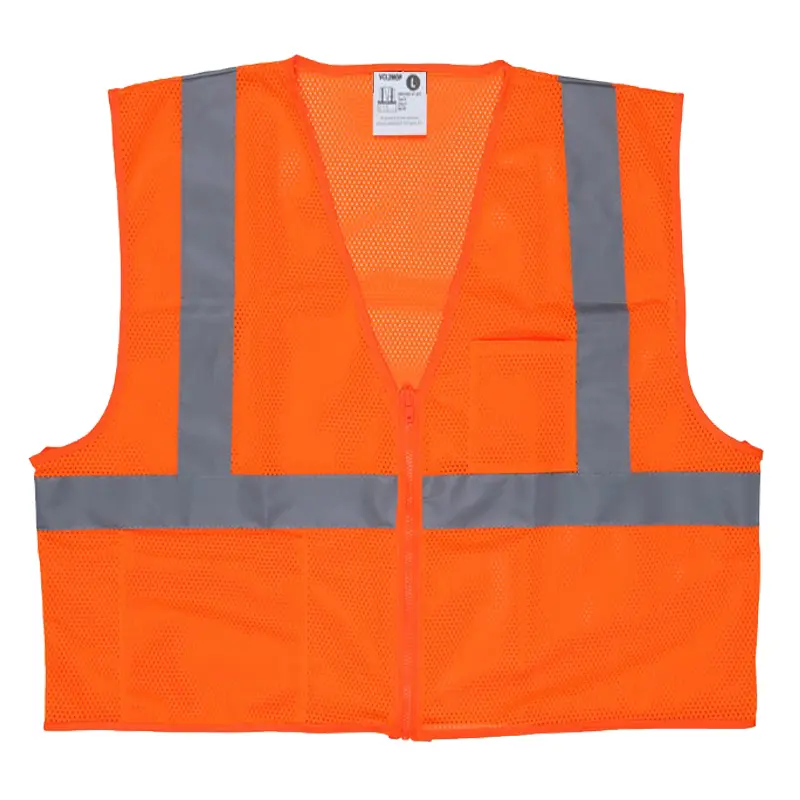
1. Overview of US reflective clothing standards
The US standards for reflective clothing are mainly concentrated in the following aspects:
Reflective performance: Reflective clothing must have sufficient reflective intensity to ensure that it can clearly reflect light at night or in low light conditions to improve the wearer's visibility.
Combustion performance: According to the Flammable Fabrics Act and related standards, the fabrics of reflective clothing need to meet certain combustion performance requirements.
Limits of harmful substances: Although the United States does not have a unified standard specifically for harmful substances in textiles, the Consumer Product Safety Improvement Act (CPSIA) has set limits on some harmful substances such as lead and phthalates.
Label requirements: The labels of reflective clothing must comply with regulations such as the Textile Fiber Products Identification Act and the Maintenance Labeling of Textile Clothing and Fabrics (16 CFR 423).
2. Key factors for selecting suppliers
(I) Qualification certification
ISO 9001 quality management system certification: Ensure that the supplier's production process is standardized, and there is strict quality control in every link from raw material procurement to finished product delivery.
ANSI/ISEA 107 certification: This is the core certification for reflective clothing in the United States, ensuring that the product meets US safety standards.
Other certifications: such as OHSAS 18001 occupational health and safety management system certification, indicating that the supplier also has good management in occupational health and safety.
(II) Material technology
Reflective material: High-quality reflective clothing usually uses micro-prismatic reflective technology, and its reflective intensity can reach more than 5 times that of ordinary glass micro-bead materials.
Base fabric material: Polyester fiber and spandex blended fabric is a common choice, which not only ensures durability but also has good breathability.
Sewing process: Although the three-needle five-thread sewing process is more expensive, it can significantly improve the strength of the seams.
(III) R&D capabilities
R&D investment: Real leading companies will invest 5%-8% of their sales in R&D each year to continuously improve product performance.
Innovation direction: Including improving wet reflective performance, developing machine-washable and durable materials, integrating temperature regulation functions, etc.
Customization capabilities: Ability to provide customized products according to specific industry needs (such as anti-static reflective clothing in the petrochemical industry and warm reflective jackets in extremely cold areas).
(IV) Production management
MES manufacturing execution system: Modern reflective clothing factories generally introduce MES systems to achieve full process traceability from cutting to finished products.
Transparency of production process: Each product has an independent number, and detailed information such as specific production time, operator number, quality inspection records, etc. can be queried.
Quality control: Use advanced testing equipment and methods, such as AI visual inspection, to ensure product quality.
(V) Testing system
Three-level testing system: including raw material entry inspection, process inspection, and finished product full inspection.
Testing equipment: equipped with photometer, color fastness meter, environmental simulation test box and other equipment to conduct accelerated aging tests such as weather resistance and abrasion resistance.
Laboratory independence: ensure the independence of the testing laboratory to avoid the phenomenon of "qualified for inspection and unqualified for batches".
(VI) Service system
Risk assessment and program formulation: provide risk assessment of operation scenarios and formulate personalized reflective programs.
Safety training: carry out safety training to help customers use reflective clothing correctly.
After-sales service: establish product life cycle files to remind customers to replace aging equipment in time.
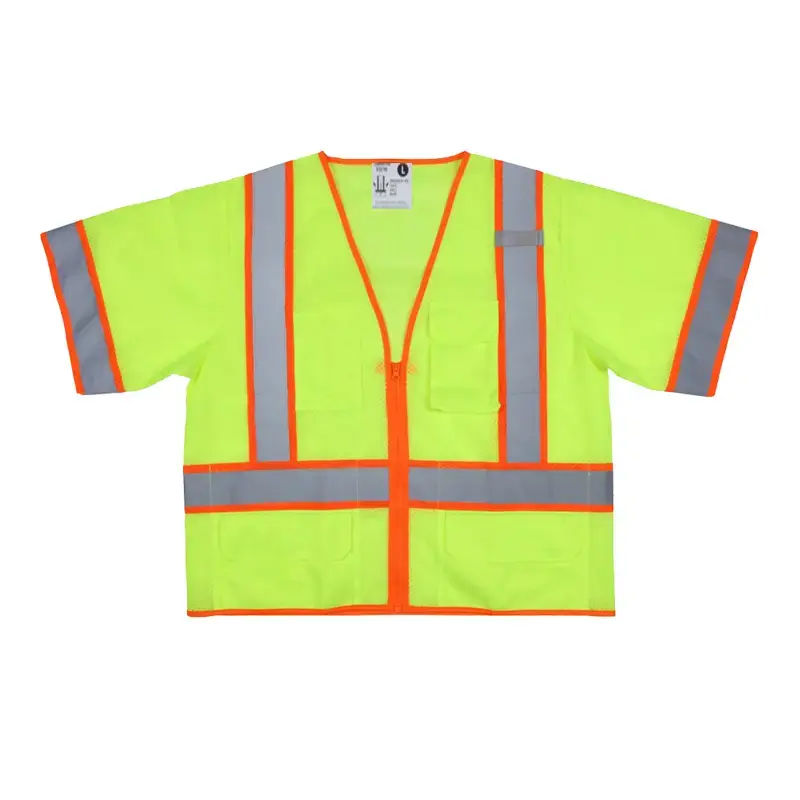
3. Recommended Chinese reflective clothing suppliers
(I) Industry leading companies
Xinghua New Materials: As a leading company in the domestic reflective fabric segment, Xinghua New Materials has strong R&D capabilities and advanced production technology. Its products have passed a number of international certifications, including CE certification, SGS certification, and US UL laboratory safety certification.
Daoming Optics: The first domestic company to break through the technical barriers of micro-prismatic reflective film, it has a certain market share in the field of high-end micro-prismatic reflective film.
wowsavety: Focuses on the research and development and production of reflective materials. Its reflective cloth and reflective film products are widely used in multiple fields.

